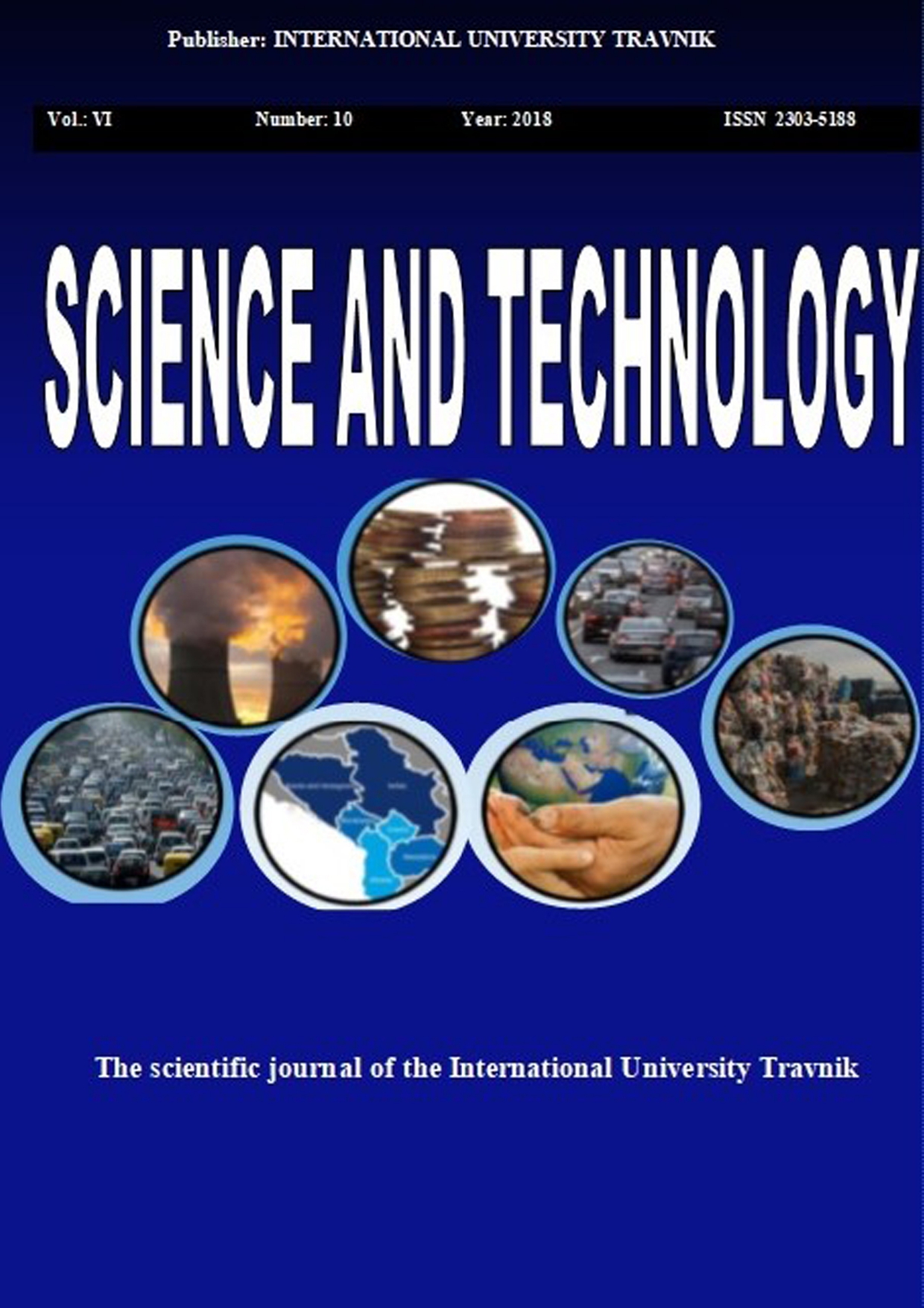TRAFFIC, ECOLOGICAL AND ECONOMY PROBLEMS AND PERSPECTIVES OF
SOLVING OF MENTIONED IN THE COUNTRIES OF WESTERN BALKANS WITH AN OVERVIEW ON BOSNIA AND HERZEGOVINA
TRAFFIC, ECOLOGICAL AND ECONOMY PROBLEMS AND PERSPECTIVES OF
SOLVING OF MENTIONED IN THE COUNTRIES OF WESTERN BALKANS WITH AN OVERVIEW ON BOSNIA AND HERZEGOVINA
Author(s): Ibrahim JusufranićSubject(s): Economy, Energy and Environmental Studies, Transport / Logistics, Green Transformation
Published by: INTERNACIONALNI UNIVERZITET TRAVNIK
Keywords: Road traffic safety; Intelligent transport system (ITS); Sustainable development; knowledge as a resource; entrepreneurship; import and export; employment and unemployment;
Summary/Abstract: Aside of the positive effects that traffic growth has on the economic prosperity of the cities, countries, regions, continents and the world, the negative consequences of today's policies, which are more emphasized in the field of traffic, alleviate the importance of the same growth and development. Negative effects are mostly emphasized in urban environments. The constant increase of the number of inhabitants in the cities and the activity rate of motorization results in the increasing traffic congestion on the street network, as well as the consequence of increasing use of cars, and the impossibility of further satisfying of demand by building new traffic capacities of the city. The negative effects of increasing the traffic volume and the more in tensive use of motorized means of transport in the cities are: emissions of harmful gases, energy consumption, communal noise, traffic accidents, occupation of space and time in already bounded urban environments, reducing the ability to perform other activities. Special negative effects of traffic are manifested on the number of people who have died in our country and in the world, and an increasing amount of material damages reaching over than 5% of GDP. The general conclusion is that transport is, actually, a victim of its own success. Traffic congestions are continuously increasing and growth is the main cause of existing environmental pollution problems. All of this has led to the application of ITS in operation and traffic management, which has a significant impact not only on the efficient functioning of the traffic as a whole but also on the appearance of road traffic fatal accidents. Increasing the number of individual passenger vehicles requires the broadening of the traffic network, which results in a reduction of green areas in urban areas, increased air pollution and environmental degradation. As a result, traffic areas have been reduced for non-motorized flows and opportunities for free movement of citizens. Increasing levels of pollution and fewer opportunities for free movement of citizens on the traffic network (hiking, bicycle use ...) lead to a decline in quality levels in urban areas.
Journal: NAUKA I TEHNOLOGIJA
- Issue Year: 6/2018
- Issue No: 10
- Page Range: 3-32
- Page Count: 31
- Language: English

